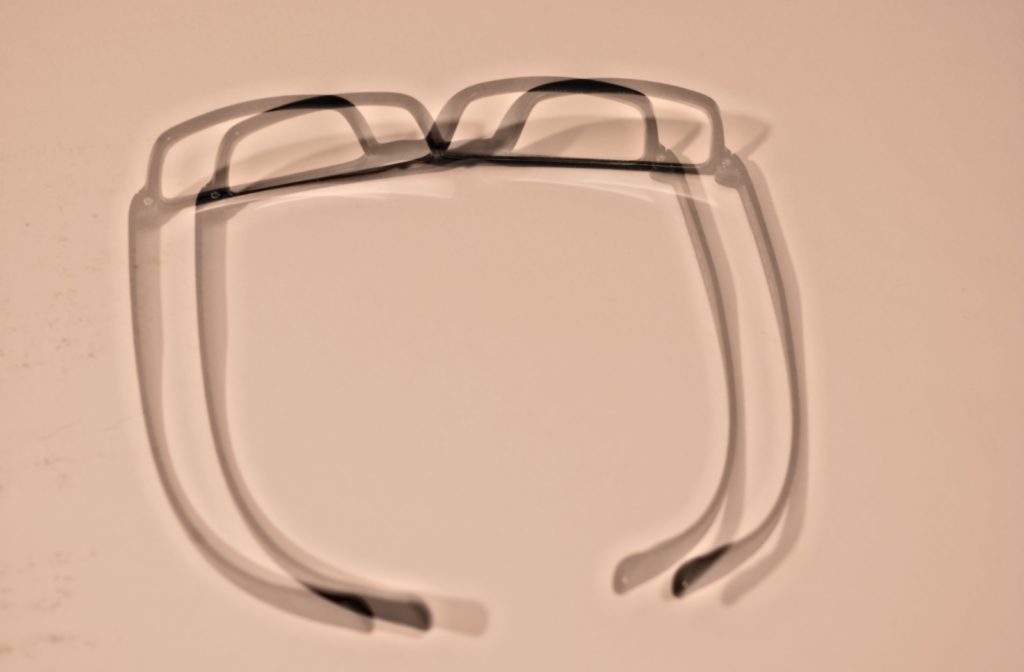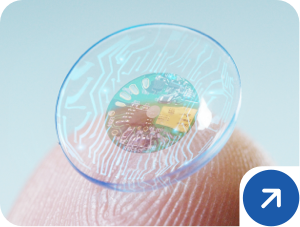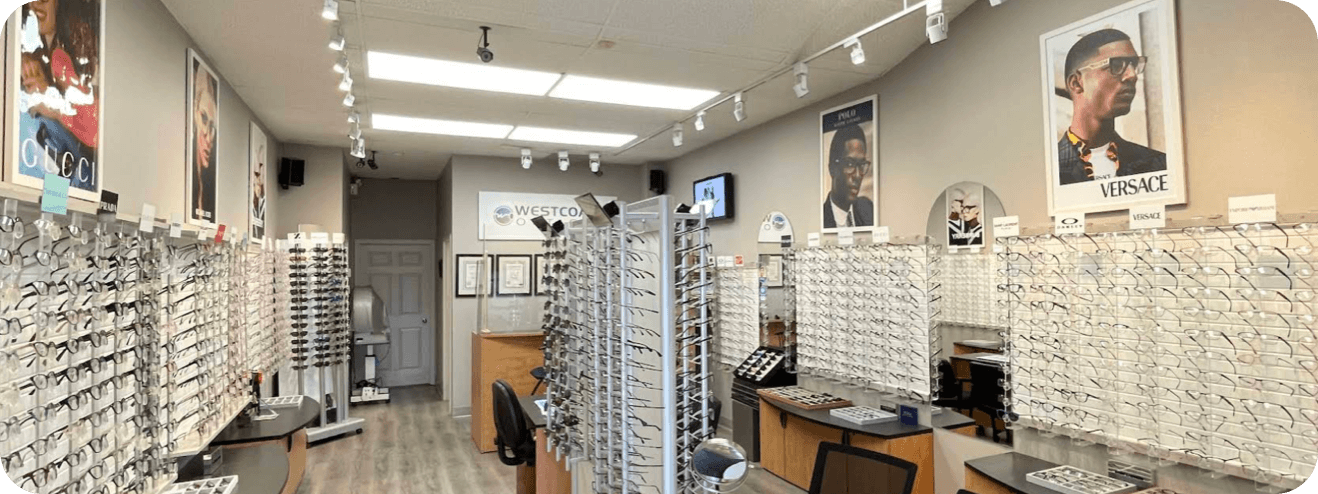Astigmatism and myopia (nearsightedness) are the two of the most frequently diagnosed refractive errors during an eye exam. In both conditions, the shape of the eye affects how light focuses on the retina, resulting in blurry vision. While both these eye conditions affect how we see the world, they affect vision differently. Astigmatism and myopia are distinct conditions with unique causes and symptoms. This blog post will compare astigmatism and myopia, explore their differences, their causes, and whether they are related.
Understanding Astigmatism
Causes of Astigmatism
Astigmatism occurs when the cornea (the clear front surface of the eye) or the lens inside the eye has an irregular shape. Instead of being round, the cornea or lens is more oval or cylindrical, causing light to focus on multiple points on the retina instead of a single point. This irregular focus leads to blurred or distorted vision at all distances.
Genetics can lead people to inherit the risk of developing astigmatism. This eye condition may also develop from eye injury or eye surgery. In some cases, keratoconus, a progressive eye disease that causes thinning of the cornea, results in a large amount of astigmatism.
Symptoms of Astigmatism
In addition to blurred or overlapping vision at all distances, symptoms of astigmatism include:
- Blurred or distorted vision
- Eyestrain or discomfort
- Headaches
- Difficulty with night vision
Understanding Myopia
Causes of Myopia
Myopia, or nearsightedness, occurs when the eyeball is too long or the cornea is too curved. This shape causes light entering the eye to focus in front of the retina instead of directly on it, resulting in blurred vision at a distance.
Myopia is often hereditary and develops in childhood. Environmental factors may also play a part in developing nearsightedness, like spending too much time indoors or starting at the screen for too long.
Symptoms of Myopia
In addition to blurred vision when looking at distant objects, symptoms of myopia include:
- Squinting to see objects in the distance
- Eyestrain or headaches
- Difficulty seeing while driving, especially at night

Are Astigmatism and Myopia Related?
Astigmatism and myopia are both refractive errors and are related that way. Otherwise, they are two different conditions that affect vision differently, but they do share a lot in common:
Coexistence
It’s common for individuals to have both astigmatism and myopia simultaneously. Astigmatism, which is characterized by an irregular curvature of the cornea or lens, can occur alongside myopia (nearsightedness), where distant objects appear blurry.
In fact, many people have a myopic refractive error with an astigmatic component, which can make the vision correction process more complex. This combination requires precise correction to address both the blurred vision from myopia and the distorted vision from astigmatism, ensuring clear and sharp vision at all distances.
Genetics
Both astigmatism and myopia have strong genetic components, meaning they can be inherited from one’s parents. If either or both of your parents have astigmatism or myopia, there is a higher likelihood that you may develop these conditions as well. Genetics play a significant role in the development and progression of refractive errors, although environmental factors, such as prolonged near work or poor lighting, can also influence their severity.
Vision Correction
Both astigmatism and myopia can be effectively corrected with various methods, including eyeglasses, contact lenses, and refractive surgery. Eyeglasses for individuals with both conditions often have special lenses called toric lenses, which are designed to correct astigmatism while simultaneously addressing myopia.
These lenses have different powers in different meridians of the lens, providing clear vision at all distances. Contact lenses for astigmatism and myopia also exist, including soft toric lenses and rigid gas-permeable lenses, which can offer excellent visual acuity and comfort.
Additionally, refractive surgeries such as LASIK (Laser-Assisted In Situ Keratomileusis) or PRK (Photorefractive Keratectomy) can correct both conditions by reshaping the cornea to improve its focusing power, offering a long-term solution for clear vision without the need for glasses or contacts.
Differences Between Astigmatism and Myopia
Despite their possible coexistence, it’s crucial to understand their differences:
Nature of the Error
- Astigmatism is primarily about the irregular shape of the cornea or lens, causing light to focus on multiple points.
- Myopia is about the length of the eyeball or the curvature of the cornea, causing light to focus in front of the retina.
Symptoms
- Astigmatism leads to distorted vision at all distances.
- Myopia mainly affects distance vision.
Correction Methods
The correction methods (glasses, contact lenses, surgery), while similar, might require different approaches. Astigmatism often needs toric lenses specifically designed to address the irregular curvature of the cornea.
The Path Towards Eye Health
Astigmatism and myopia are two refractive errors that affect your vision. Understanding the differences between them and recognizing their symptoms is crucial for effective management and treatment. Each condition has unique characteristics that require specific approaches for correction. Regular eye exams are essential to diagnose and correct these vision problems, ensuring you maintain clear and comfortable vision.
If you suspect you have astigmatism, myopia, or both, consult an eye care professional for a comprehensive eye exam and appropriate corrective measures. To learn more about myopia, astigmatism, and other eye concerns, contact West Coast Optical in Surrey, BC today. Your eyes are your windows to the world—taking care of them is vital for your overall well-being.















